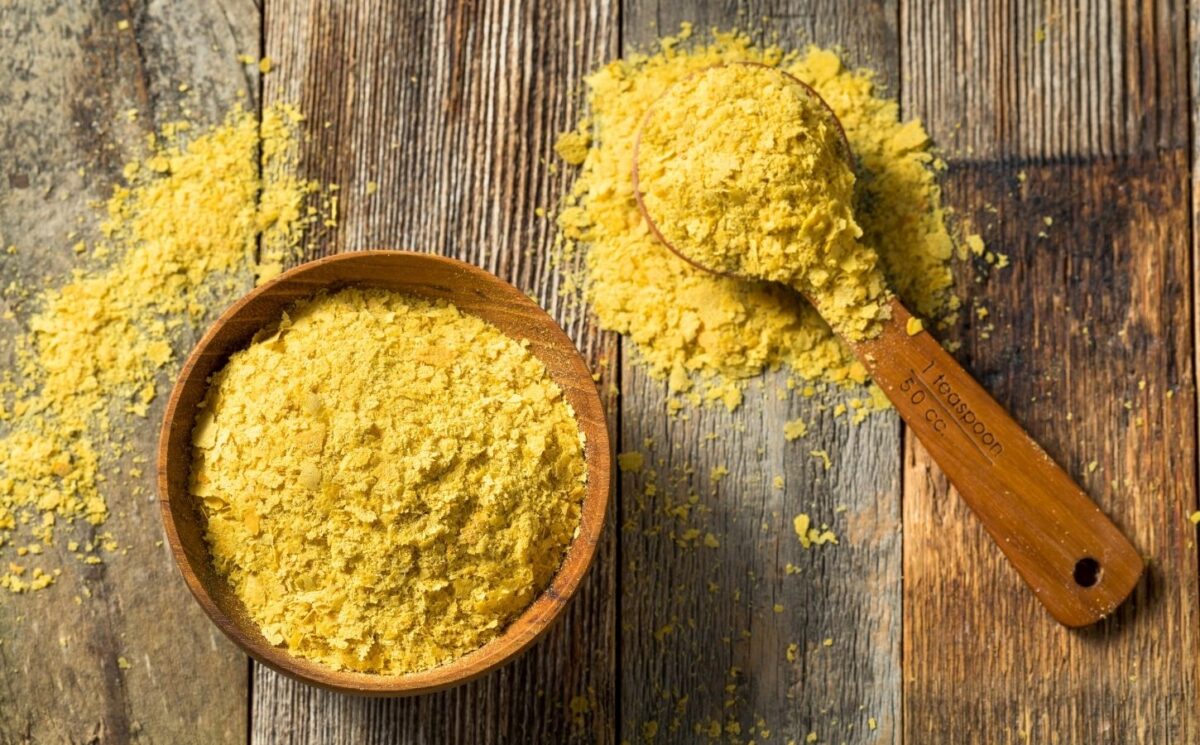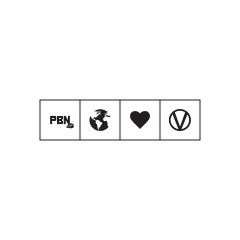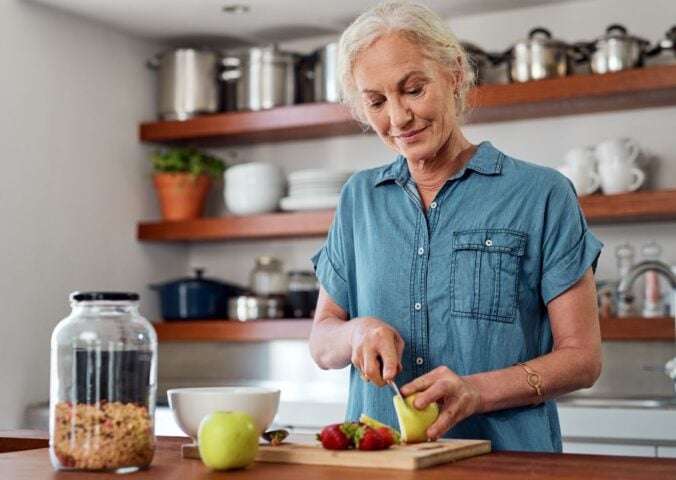Nutritional yeast (also known as “nooch”) is a versatile ingredient with a wide range of uses. Popular for its cheesy flavor, nutritional yeast is a great addition to soups, stews, pasta dishes, and more. It is also a key ingredient for many vegan cheese sauces. As well as its appealing taste, nooch is a good source of B vitamins, iron, fiber, and protein. As millions add more plant-based meals to their diet for Veganuary 2025, participants may want to get to know nutritional yeast and all its many uses. This guide will explore nutritional yeast and its many benefits, before recommending some recipes that show nooch at its best.
What is nutritional yeast?
Nutritional yeast is a food topper or ingredient shaped into little light and airy flakes. It is a deactivated yeast, which means that it is no longer capable of leavening bread or causing fermentation. It is an inactive form of the yeast Saccharomyces cerevisiae, the same strain of yeast as used in baking and brewing.
Commonly used as a seasoning or flavor enhancer in many plant-based dishes, nutritional yeast has a savory, umami flavor with a hint of nuttiness. Many people describe its taste as cheesy, making it a popular ingredient in vegan cheese sauces and dressings.
Read more: The Biggest Veganuary Food Launches For 2025
Health benefits of nutritional yeast
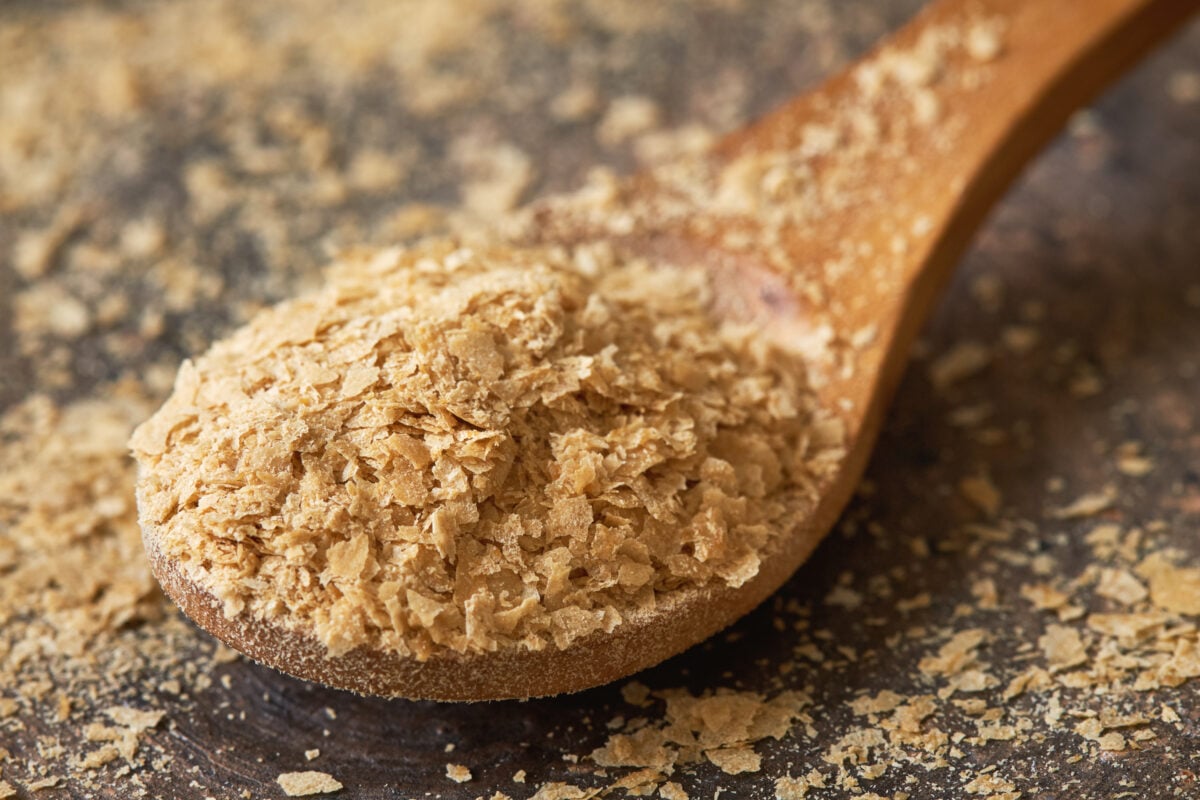
How do I use nutritional yeast?
The most popular way to consume nutritional yeast is by sprinkling it straight onto dishes such as pasta, salads, and roasted vegetables to add a savory and cheesy flavor. Nooch is also a key ingredient in many plant-based cheese recipes and vegan “cheese” products. The opportunities are endless though: nooch can be enjoyed as a parmesan, a popcorn topping… or (for diehards) spooned straight from the pot!
Make vegan cheese sauce
Nutritional yeast can be used instead of, or in addition to, vegan cheese in a wide variety of dairy-free cheese sauce recipes.
Sprinkle on popcorn
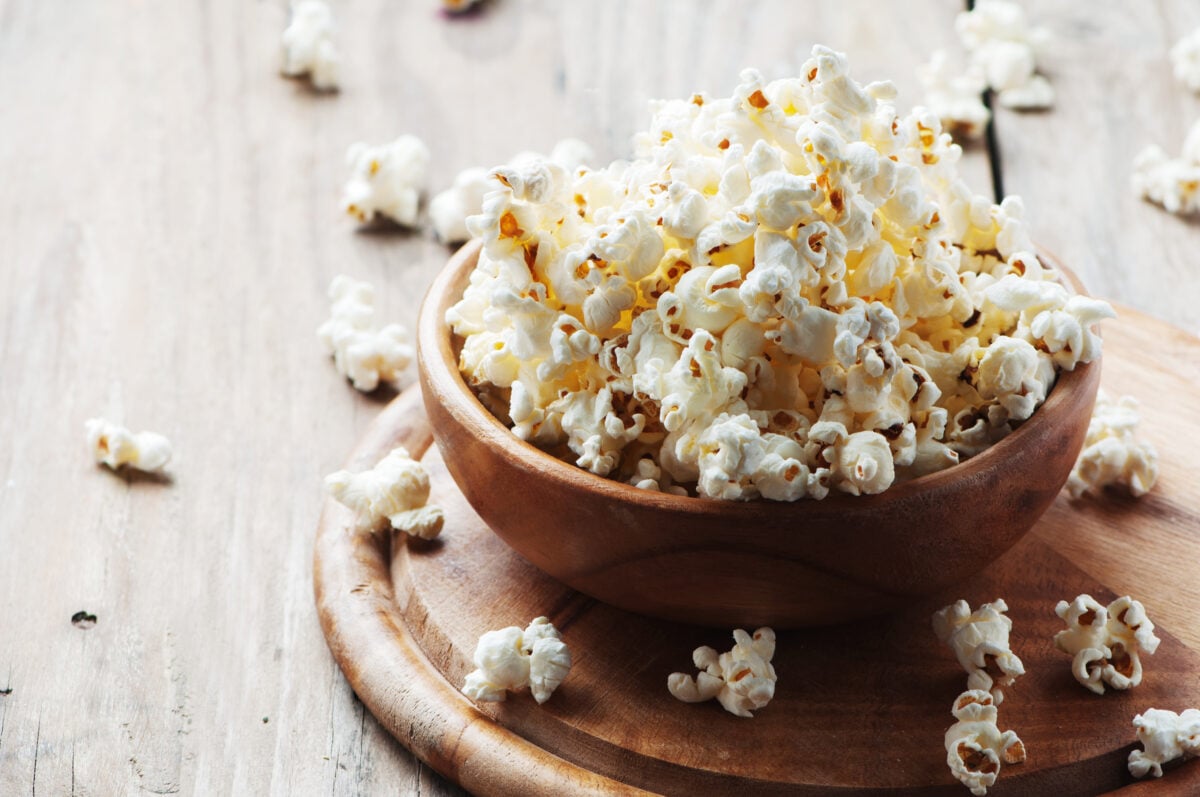
Give your popcorn a cheesy twist by sprinkling nooch over it. Add a bit of salt or your favorite seasoning for extra flavor.
Stir into soups and stews
Add nutritional yeast to soups and stews for a boost of flavor and nutrition. It works well in hearty vegetable soups, lentil soups, or even chili.
Blend into smoothies
Add a tablespoon of nutritional yeast to your smoothies for a savory twist. It pairs well with green smoothies and adds nutritional value.
Sprinkle on pasta or pizza
Use nutritional yeast as a topping for pasta dishes or sprinkle it over pizza for a cheesy taste. Combine it with olive oil, garlic, and your favorite herbs for a simple pasta sauce.
Create a vegan parmesan
Mix nooch with crushed nuts (like cashews or almonds), garlic powder, and a pinch of salt to create a homemade vegan parmesan cheese. Sprinkle it on pasta, salads, or roasted vegetables.
Incorporate into salads
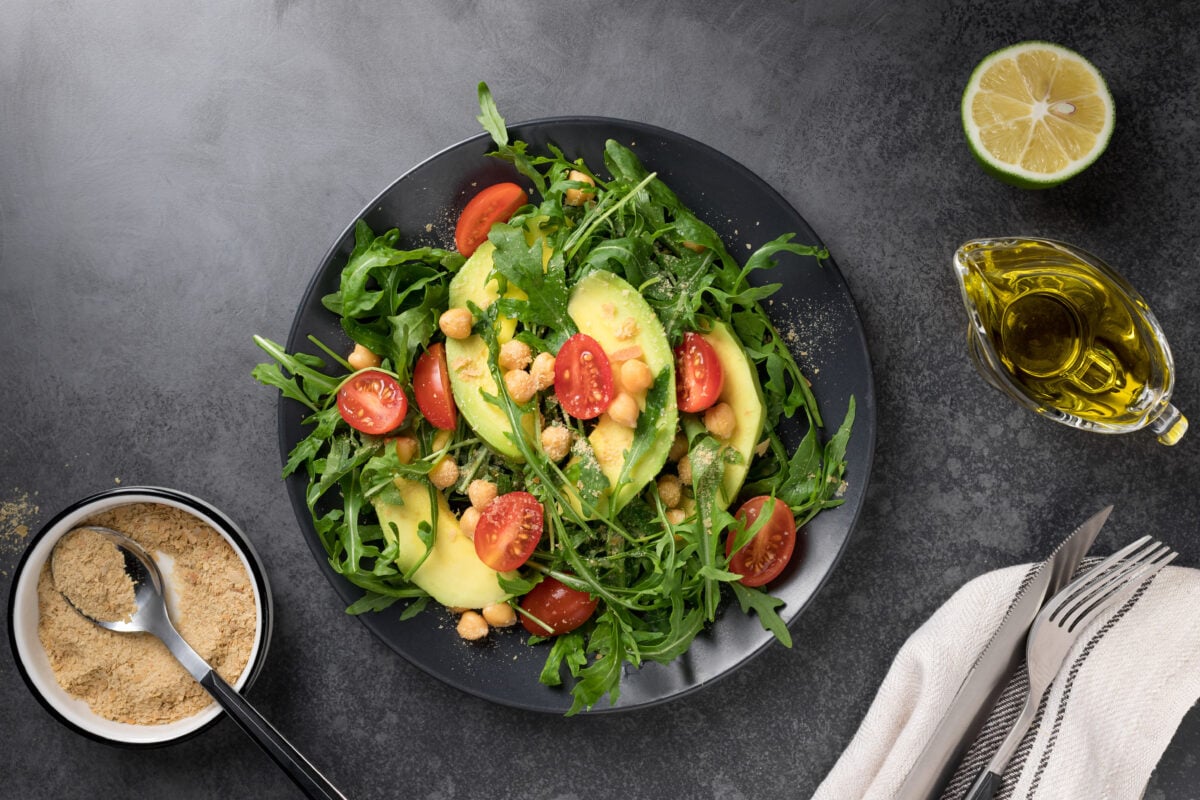
Sprinkle nooch on salads for added flavor. Mix it into salad dressings or vinaigrettes for a cheesy kick.
Season roasted vegetables
Toss vegetables with olive oil, nutritional yeast, and your favorite herbs before roasting them in the oven. Then sprinkle some more on when they come out of the oven!
Add to sauces and gravies
Enhance the flavor of sauces and gravies by incorporating nutritional yeast. It can add depth to plant-based sauces for dishes like lasagna or mashed potatoes.
What are the main health benefits of nooch?
Nutritional yeast offers several health benefits, making it a popular choice for those looking to boost the nutritional content of their meals.
It’s a complete protein, meaning it contains all nine essential amino acids that the human body cannot produce on its own. Adding a single tablespoon will add 3-4 grams of protein.
Besides being a great source of protein, nooch is often fortified with additional nutrients. Common additions include B vitamins, including B12, the only vitamin that isn’t easily acquired from plant foods (more on veganism and B12 here). Depending on the brand and product, it can also contain other key vitamins and minerals like folic acid, zinc, and selenium.
The nutrients in nutritional yeast, including zinc and selenium, contribute to a healthy immune system. Zinc is essential for immune cell function, and selenium acts as an antioxidant. B-vitamins play a crucial role in energy metabolism, and nutritional yeast is often fortified with B12, which is essential for nerve function and the formation of red blood cells.
It also contains beta-glucans, a type of soluble fiber that may help lower cholesterol levels, potentially supporting heart health. As a vegan cheese substitute, you get all the cheesy flavor without the health negatives of dairy.
As if that wasn’t enough, nutritional yeast is naturally gluten free, and it tends to be low in sodium and fat, making it a suitable option for individuals with specific dietary restrictions or those looking to manage their sodium and fat intake.
Where to buy nutritional yeast?
Nutritional yeast is available from many shops, including supermarkets and independent health food stores.
In the UK, it is stocked by major supermarkets such as Tesco, Sainsbury’s, and Asda, as well as health food stores like Holland & Barrett. If you have a local zero-waste shop, these often sell nooch as a refillable item.
In the US, nooch is stocked in most major stores including Whole Foods, Trader Joes, Walmart, Safeway, and Sprouts. You could also check out an independent health food store or look online to order in bulk.
Read more: 20 Easy Veganuary Recipes
